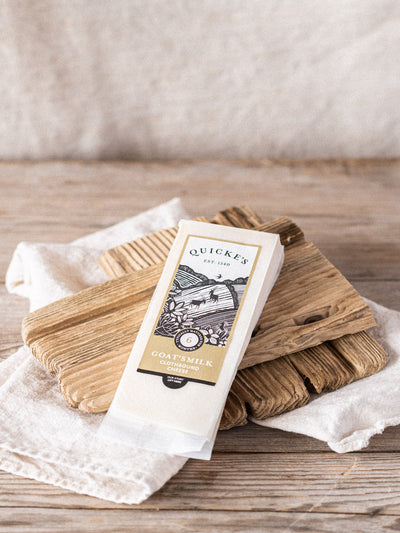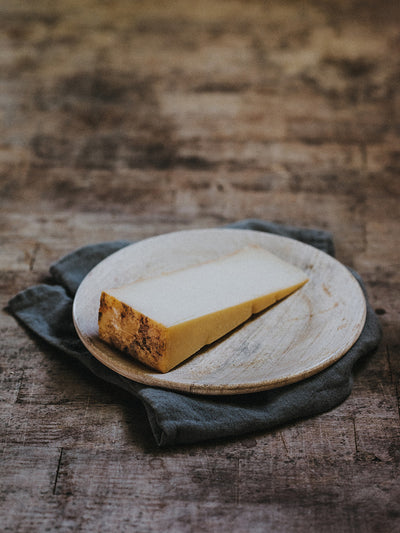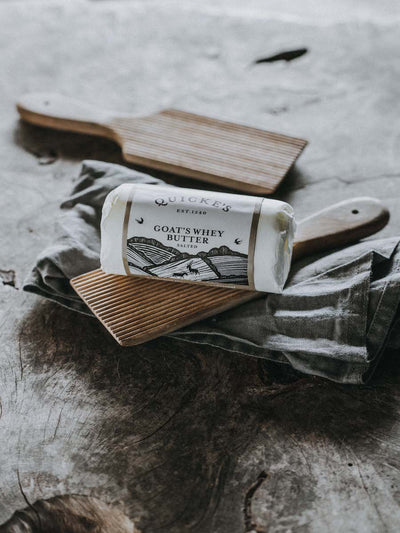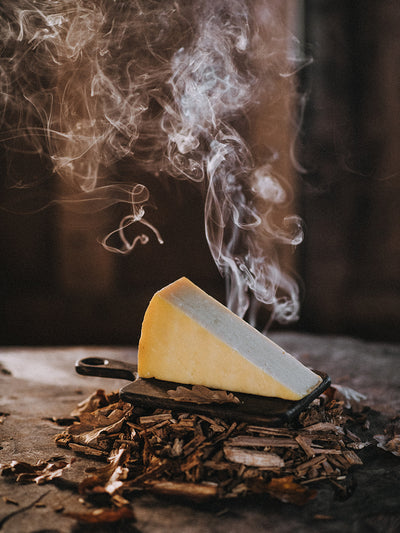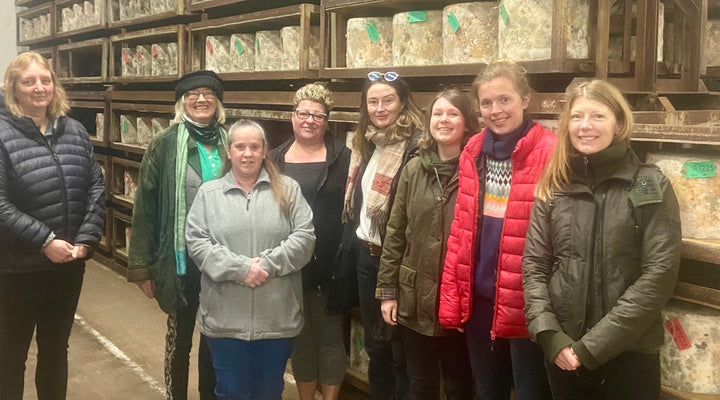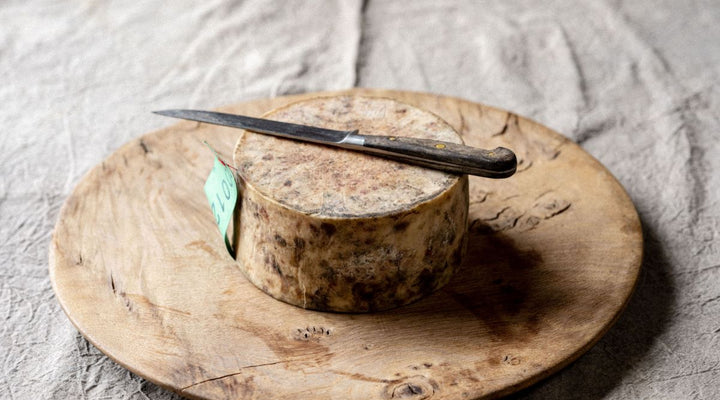NATURE
In like a lion, out like a lamb. I hope the weather knows that, and also our politics. We can do nothing about either, so both come into the same category: accept and get on with what we can affect.
Barring a replay of last year’s snow, spring’s growth gains momentum. Daffodils go from being a whisper to full blown shouting. Primroses don’t shout, and round the corner, in the sheltered hedges and mossy dingles, I come across scented carpets of them. Wild garlic scents the air too, in the damp valley bottoms, reminding me to make glorious wild garlic pesto. Nettle soup is back on the menu, with its almost shellfish flavour.
For wildlife, this can be the hardest time of year, the end of the winter, when everything holds its breath waiting for the new growth to arrive. Our resident buzzard takes off heavily from his favourite tree, looking hopefully for the first of the new baby rabbits. Birds are busy nest-building, and their song provides a glorious wake-up call in the morning. The air starts feeling spring-like becomes almost like a nourishing food, each breath invigorating you, infusing you with new energy.
ARABLE
We prepare the fields for spring crops, just spring beans for harvest as protein for the cows. We’ve taken manure out to compost in heaps in the fields. Now the dungspreader makes its annual entrance, throwing the nutrients and fibre both thinly across the field. Once spread, we need to get the strawy dung incorporated, close to the soil organisms who will break it down and take it down deep to fertilise the soil. The separator, that takes cattle slurry and chopped straw, can sit on the top of growing crops, and worms and beetles will take it underground. Farming gives an illusion of human agency, and actually, all the work is done in soil, rumens, cheesemaking and maturation by our companion life forms who we co-exist with. We merely provide them with the opportunity to act at a time and place of our suggestion.
GRASS
We’re also sowing some of the ground we had planned as crops into grass. Last year’s weather left us short of fodder for the winter, and we need to restore our stocks. Grass also provides a good soil improver and barrier for disease if we return it to crops in the future. The grass is such a good restorer of soil fertility. The more care we take with soil fertility, the more carbon dioxide we take out of the air. Farmers around the globe could take 100ppm, half of the globe’s problem, if we added just one hundred’s of the agricultural soil’s weight as organic matter. Something to chew on as you enjoy your grass-fed cheese.
The pasture are in fine shape coming out of the winter. We graze it short enough in the late autumn so that it was all vigorous young leaves coming into the winter. The cold puts those youthful leaves into suspended animation: leaves enjoy a youth of four months, against a ten day life at the peak of growth.
COWS
The cows have been enjoying the pasture since last month, relieving our scanty stocks of fodder. Until magic day, when the grass growth is more than the cows’ demand, we feed silage to keep their bellies full and the milk balanced. The spring cows have popped out their calves, hardy little cross breeds. We make sure they have had enough colostrum, that health-giving library of their mother’s immune system. We take the calves from their mothers before everyone has the chance to bond. For the first twenty four hours it seems harsh, and then the calves become crystal clear milk comes from a person. Turn up in their shed or their field, and let you know they are peckish and in need of a feed. They gain comfort, warmth and companionship form their herd mates. Often they will stay friends for life, coming into the milking parlour close together.
DAIRY
We are making a little more cheese in the spring flush. Everyone is happy to be busy. We’ve started grating some cheese, and offering it in case some of the classic cheeses for grating like Gruyere or Parmesan aren’t available. It’s great to be working with chefs as they explore the full palate of flavours available from our cheese, and show how our cheeses can match the depth of flavour you find in those classic Continental cheeses.
MARY QUICKE

